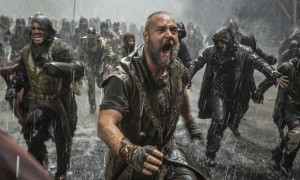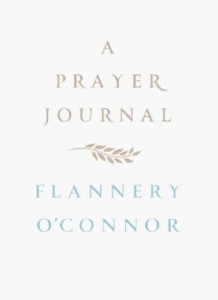PASTORS AS THE LYNCHPIN OF THE NEW RENAISSANCE
I just sent in my next column for The National Catholic Register. This is the third and concluding part of my three-part “Beauty in the Church” series. I’ll let you know if/when it gets posted on the NCReg site. Till then, here’s a snip:
We need to give our seminarians and priests more beauty, because more will be required of them. Particularly in their years of formation, they will need heightened liturgical life as a way of “storing up” intimate encounters with God. They will need to bank these moments for a cold, grey Tuesday morning in the future, when they will need to propel themselves out of bed, and into a dark church, to say a beautiful Mass for a handful of quarrelsome old ladies.
A commitment to beauty in priestly formation will start in figuring out the kinds of things that seminarians can learn in a classroom, and the kinds of things that must be learned elsewhere. When I was in college, I used to go around saying, “The truth can change people. If you just expose them to the truth, they will cleave to it.” This is a naïve view. The sense of “You shall know the Truth and the Truth shall make you free” is the sense of knowing in which the Scriptures also speak of sexual intimacy, “Adam knew Eve.” So, it’s the cleaving to the Truth that makes you free, not having it blare out at you from the speakers in a classroom or in black words on a white page. The ‘making people cleave’ to things inwardly – things like compassion, mercy, nobility, self-donation, heroism – this is the province of the arts. You can discover reasons for conviction and certitude on the pages of a textbook, but if you want compassion that will motivate someone to sacrifice, you can find it much quicker in a movie like Shine. Ethics can tell me about the disordered attractions of my own soul, but Madame Bovary will sting me to the heart and have me understand on the deepest level St Paul’s cry, “Why do I do what I hate? Who can free me from this body of death?!”
Artistic narratives – that is, stories – whether in cinema, theater or novels, have a crucial contribution to make to priestly formation. I’m not sure where I read it, but I recall reading a comment of Pope John Paul II in which he notes that we owe deep consideration to even purely secular works of art, for “they can show us in a profound way what the world without God looks like.” I knew one seminarian, for example, who was deeply impacted by the film Requiem for a Dream. A very dark and disturbing story of loneliness that leads into the hell of drug addiction, this well-crafted film incited a wave of pastoral urgency in this future priest that has helped him bring the Gospel into many definitely scary places. With real passion in his voice, he said to me after seeing the movie several times, “No human being should ever feel completely alone.”
Exposing future priests to the artistic stories of “what the world without God looks like” can also balance out the elitist disconnect which is the potential dark side of having lots of beauty in formation years. Always, the goal in formation must be two-fold: to make present both the reality of God and the reality of poor humanity.











